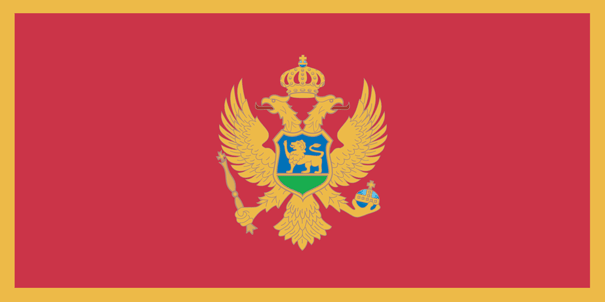Capital City: Podgorica; note – the Old Royal Capital is Cetinje mentioned in the constitution
Population: 650,036 (July 2014 est)
Currency: Euros (EUR)
Land Area: 13,812 sq km. Strategic location along the Adriatic coast.
Dominant Religions: Orthodox 72.1%, Muslim 19.1%, Catholic 3.4%, atheist 1.2%, other 1.5%, unspecified 2.6% (2011 est)
Land Boundaries: Albania 172 km, Bosnia and Herzegovina 225 km, Croatia 25 km, Kosovo 79 km, Serbia 124 km
Location: Southeastern Europe, between the Adriatic Sea and Serbia
Climate: Mediterranean climate, hot dry summers and autumns and relatively cold winters with heavy snowfalls inland. Montenegro’s lower areas along the coast enjoy a Mediterranean climate, having dry summers and mild, rainy winters. Central and northern regions have Continental climate, where temperature varies greatly with elevation. Podgorica, lying near sea level in the valley of the central region, is noted for having the warmest July temperatures in Montenegro, averaging 35-40°C
Terrain: Highly indented coastline with narrow coastal plain backed by rugged high limestone mountains and plateaus
Visa: Nationals of Australia may enter, pass through the territory of and stay in Montenegro up to 90 days with a valid travel document without a visa
Entry Point: Sukobin (from Dodaj, Albania)
Exit Point: Sutorina (to Gruda, Croatia)
Cuisine: Apart from the hotels located in towns and summer resorts offering half-board and full-board accommodation, and those along the roads and communication lines such as restaurants, pizza places, taverns, fast food restaurants and cafes, there is a choice of national restaurants offering traditional Montenegrin cuisine.

